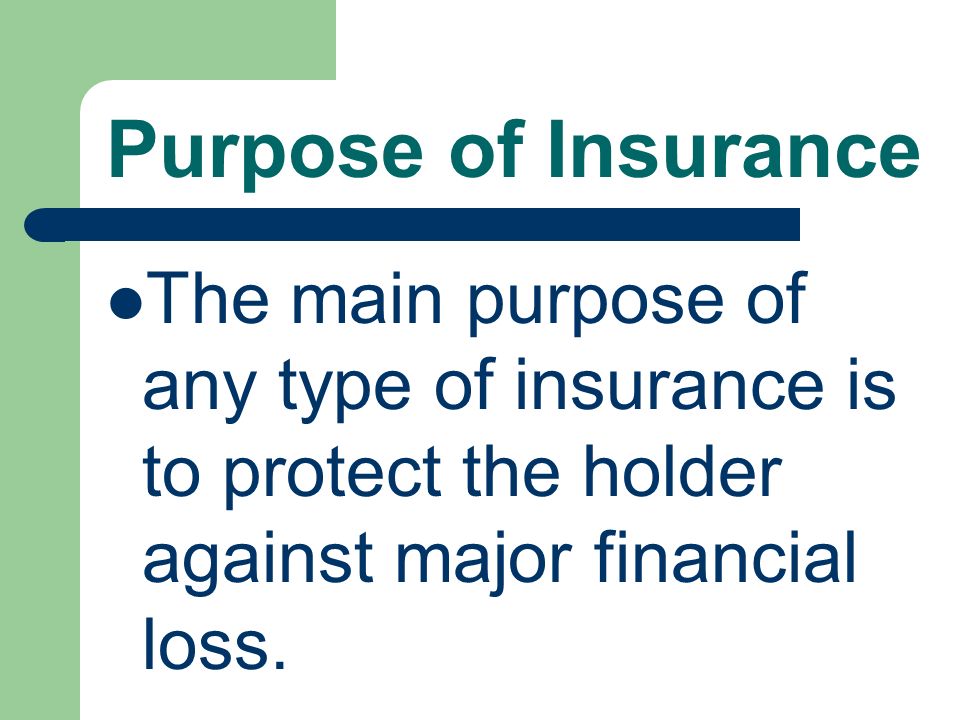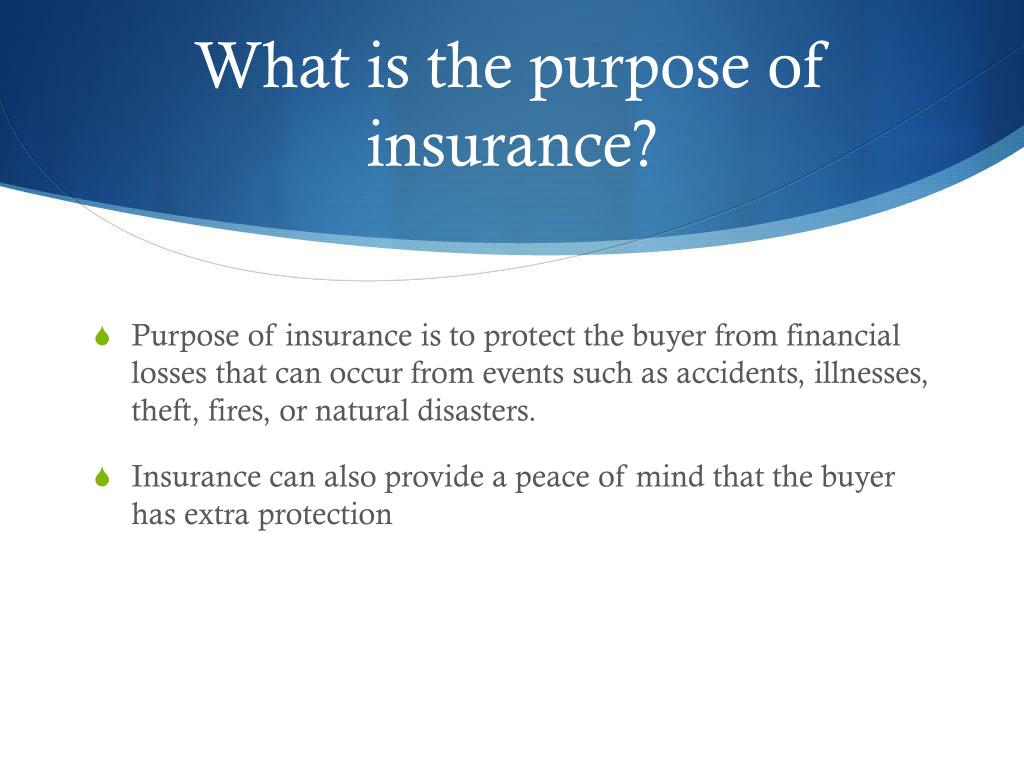The Best Guide To Pacific Prime
The Best Guide To Pacific Prime
Blog Article
Pacific Prime - The Facts
Table of ContentsExamine This Report about Pacific PrimeSome Ideas on Pacific Prime You Should KnowThe Main Principles Of Pacific Prime Rumored Buzz on Pacific PrimeThe Pacific Prime PDFs

This is due to the fact that the information were gathered for a duration of solid economic performance. Of the estimated 42 million people who were uninsured, just about regarding 420,000 (about 1 percent) were under 65 years of age, the age at which most Americans come to be eligible for Medicare; 32 million were grownups between ages 18 and 65, about 19 percent of all grownups in this age group; and 10 million were youngsters under 18 years of age, regarding 13.9 percent of all youngsters (Mills, 2000).
These quotes of the variety of persons without insurance are created from the annual March Supplement to the Existing Population Study (CPS), carried out by the Demographics Bureau. Unless otherwise noted, national estimates of individuals without medical insurance and proportions of the population with various kinds of protection are based on the CPS, the most extensively made use of resource of estimates of insurance policy coverage and uninsurance rates.
The 30-Second Trick For Pacific Prime

Still, the CPS is specifically valuable due to the fact that it creates annual quotes relatively promptly, reporting the previous year's insurance protection estimates each September, and since it is the basis for a constant set of estimates for even more than twenty years, enabling analysis of fads in insurance coverage over time. For these factors, as well as the considerable use the CPS in other researches of insurance coverage that are provided in this record, we rely upon CPS estimates, with limitations kept in mind.

The quote of the number of without insurance individuals broadens when a populace's insurance policy standing is tracked for several years. Over a three-year period starting early in 1993, 72 million people, 29 percent of the U.S. https://www.kickstarter.com/profile/pacificpr1me/about. populace, were without coverage for at least one month. Within a single year (1994 ), 53 million people experienced at the very least a month without protection (Bennefield, 1998a)
6 out of every 10 without insurance adults are themselves used. Although working does boost the chance that one and one's member of the family will have insurance, it is not a guarantee. Also participants of households with two full-time wage earners have almost a one-in-ten opportunity of being without insurance (9.1 percent uninsured price) (Hoffman and Pohl, 2000).
Pacific Prime for Beginners
New immigrants represent a substantial proportion of people without health and wellness insurance policy. One evaluation has connected a significant part of the current development in the dimension of the U.S. uninsured populace to immigrants that arrived in the country between 1994 and 1998 (Camarota and Edwards, 2000). Recent immigrants (those that involved the United States within the previous four years) do have a high price of being uninsured (46 percent), but they and their youngsters make up simply 6 percent of those without insurance coverage nationally (Holahan et al., 2001).
The connection in between medical insurance and access to care is well developed, as recorded later on in this chapter. Although the relationship in between medical insurance and health and wellness end results is neither direct neither simple, a considerable scientific and health and wellness services research study literature web links health insurance policy protection to improved access to care, far better top quality, and improved personal and populace health condition.
Degrees of analysis for taking a look at the effects of uninsurance. This discussion of wellness insurance policy coverage focuses mainly on the U.S. population under age 65 since practically all Americans 65 and older have Medicare or other public protection. It concentrates especially on those without any type of wellness insurance for any kind of length of time.
Some Known Questions About Pacific Prime.
The troubles dealt with by the underinsured remain in some areas comparable to those encountered by the uninsured, although they are usually much less extreme. international travel insurance. Uninsurance and underinsurance, nonetheless, include distinctly different plan concerns, and the approaches for addressing them might differ. Throughout this research study and the five reports to follow, the major emphasis gets on persons with no health and wellness insurance and thus no aid in paying for healthcare beyond what is readily available via charity and security web establishments
Health and wellness insurance policy is a powerful element affecting invoice of treatment because both clients and doctors react to he said the out-of-pocket rate of services - https://canvas.instructure.com/eportfolios/2829699/Home/Pacific_Prime_Your_Ultimate_Destination_for_Insurance_Solutions. Medical insurance, nevertheless, is neither essential neither enough to obtain accessibility to clinical services. The independent and direct result of wellness insurance policy protection on access to health solutions is well developed.
Others will certainly acquire the health care they need even without health and wellness insurance, by spending for it expense or seeking it from carriers that offer care totally free or at very subsidized rates. For still others, health insurance alone does not make sure receipt of treatment due to various other nonfinancial barriers, such as a lack of healthcare carriers in their community, restricted accessibility to transportation, illiteracy, or etymological and social differences.
Facts About Pacific Prime Revealed
Formal study about uninsured populations in the United States dates to the late 1920s and very early 1930s when the Board on the Price of Treatment produced a series of reports regarding funding medical professional office sees and hospital stays. This concern became salient as the numbers of medically indigent climbed up throughout the Great Depression.
Report this page